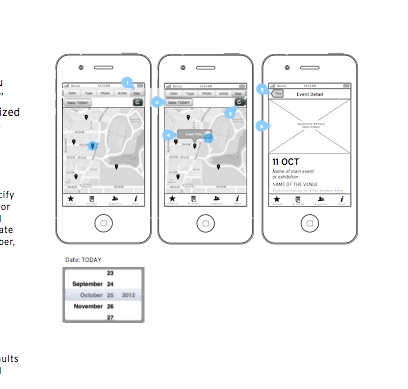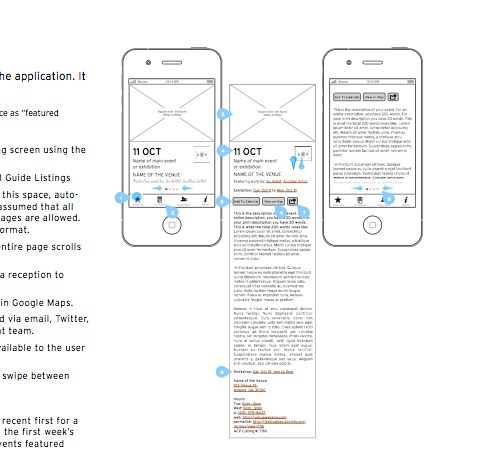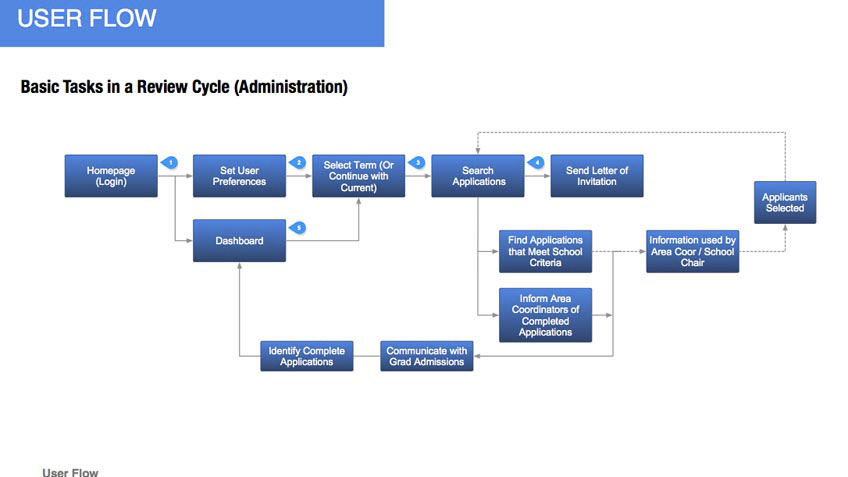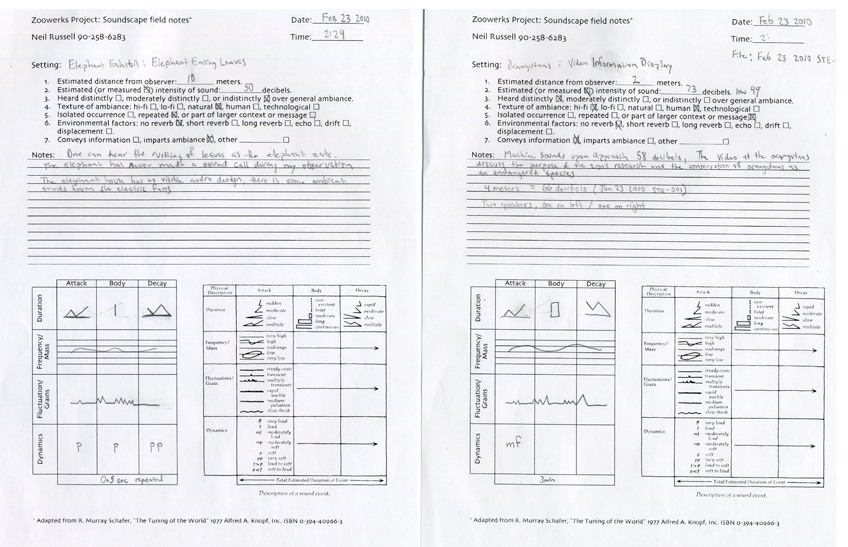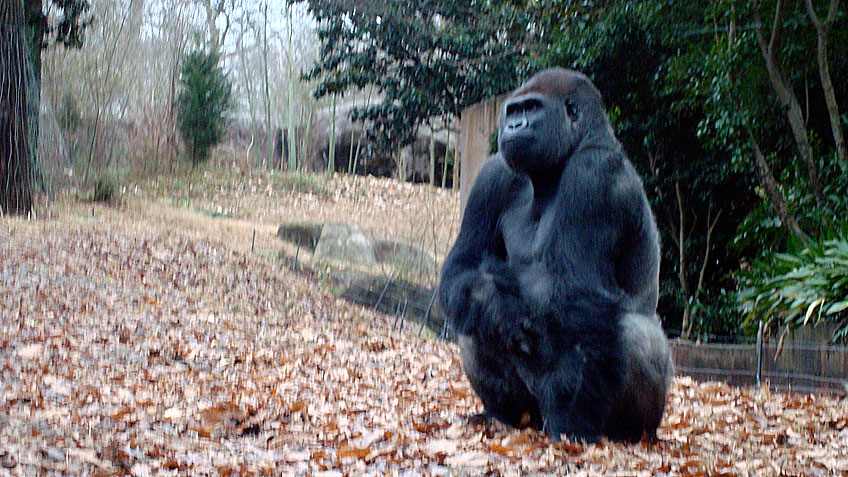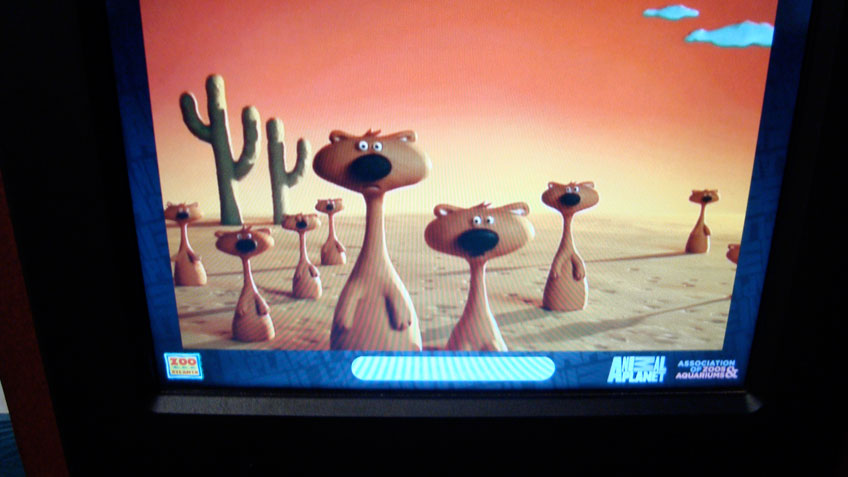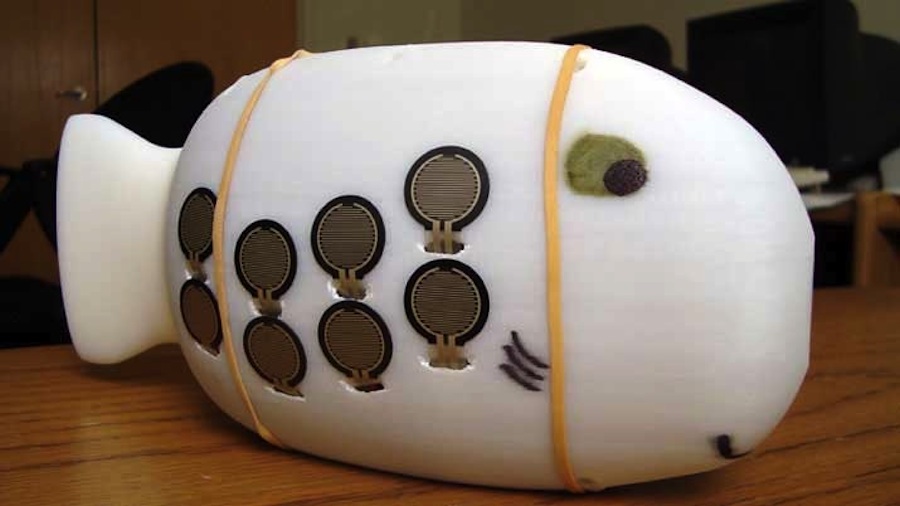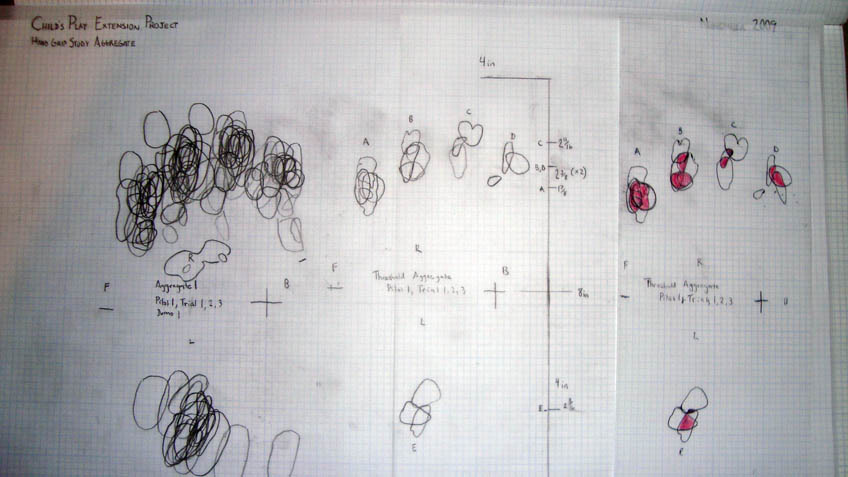Overview
This study aims to provide a general understanding of what factors drive zoo exhibit design--from their historical roots and social import, to the modern day science that zoos engage in today--so that human-computer interaction (HCI) designers, and sonification researchers in particular, may use this report to orient one's research and familiarize oneself to this unique space and collaborate more productively with zoo professionals and zoo visitors.
Introduction
We approach the analysis of sound use at Zoo Atlanta from two angles. First, the analysis of the existing sound environment, including both animal, human sounds, and human technological audio, and the ways that humans attempt to modify this sound is the general approach. In other words, as Shaffer (1977) described it, we are documenting the acoustic ecology of Zoo Atlanta.
As a general approach, interaction designers and sonification researchers need to know the existing acoustic ecology of the zoo in order to craft technologies for this unique space dealing with sounds or exhibits that may have audio factors that inhibit certain audio formats.
Secondly, and more specifically, we need to understand how human technological sounds are used for education at Zoo Atlanta, what factors influence sound and audio use, and what factors might influence technological adoption, such as durability, or cost.
Soundscapes & Acoustic Ecology
The field of acoustic ecology informs this study's methods and theoretical approach. Acoustic ecology is a way to analyze how sounds are used, experienced, and interpreted in a particular environment. Acoustic ecology and the concept of soundscapes stem from concerns over the negative aspects of human sounds on the human experience (for example see Shaffer, 1977).
Observations of Zoo Atlanta grounds were performed while audio recordings were made. All aspects of the general environment were captured first, such as human chatter, kids yelling, strollers rolling, and various animal calls, both from captive and local fauna. Continuous audio sampling was captured on a hi-fidelity hand-held digital recorder while the researcher toured the zoo. Tours were spaced over Fall and Winter months, on both weekdays and weekends.
Findings
While zoos come from a Western drive to classify, display, and educate the public, zoos are more than objectifications of animals in the US today. Visitors expect a novel experience by displaying rare or exotic species (Norton et.al 1996), and conceptualize the zoo as an example of the natural world brought into a civilized urban landscape (Anderson 1995). Zoos today strive to construct exhibits that reflect an animal's evolutionary habitat, even if the animal has never lived in the wild. While zoos continue to chart a course toward biological conservation and animal behavior research, the zoo is used for both touristic spectacle and recreation (for more on touristic practices see MacCannell 1999).
Zoo Atlanta has many audio/visual displays that play short informative lectures about the zoo, the zoo's function, it's research, and information about various animals located at the zoo grounds. In particular, video features about the gorilla, panda, and orangutan are prominent. In total, out of 35 discrete spaces, 7 have audio/video displays that play pre-recorded video features explaining zoo research and the importance of animal conservation. Two other spaces feature a kiosk with a touch-screen that allow visitors to play short videos and content about exhibits at the zoo or programing available on the sponsor's network (i.e. Animal Planet).
Field Work
We were especially interested in current technology used in Zoo Atlanta, so things like this Animal Planet kiosk were interesting. While the use of sound occured, it usually was not to enable accessibility.
More research into how exhibits are designed across zoos and how sound can be engineered into exhibits is required. The development of a soundscape typology is only a first task in a more complex project that involves other zoo and aquarium soundscapes. Furthermore, it would be helpful if sonification researchers study the efficacy of educational and/or informative aspects of sound design (including themes) as zoos and aquariums both need this feedback as-well-as seem poised to continue developing both recreational and educational experiences for their visitors.
Masters Project
This study completed the requirements for Neil Peterson's MS-HCI Candidacy.
